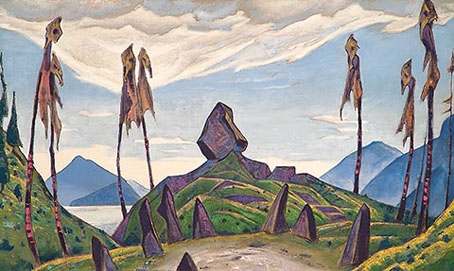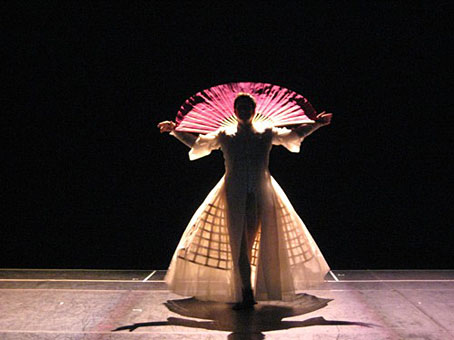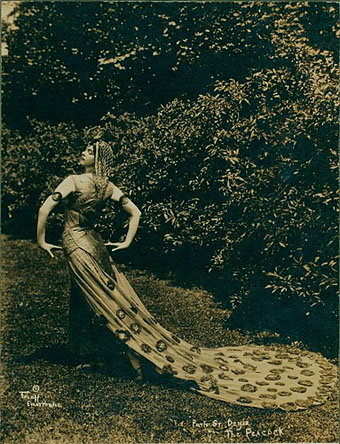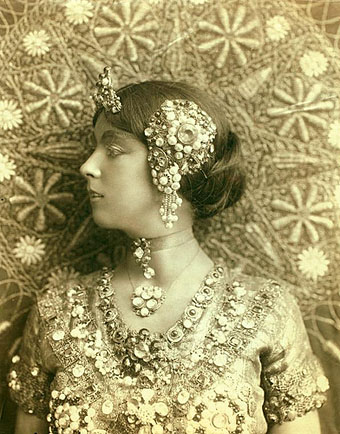No, not the Australian singer. Soundsuits are wearable artworks by an American artist, dancer and fashion designer. Bigger pictures here while the Jack Shainman gallery has details of a recent exhibition.
Metal armatures adorned with a range of objects including painted ceramic birds, flowers, brass ornaments, and strands of beads, top the figures and serve as headdresses that activate the sculpture and provide a visual and textural contrast to the soft bodysuit. Soundsuits, named for the sounds made when the sculptures are worn, are as reminiscent of African and religious ceremonial costumes as they are of haute couture. A multitude of references bring to mind not only disparate cultural traditions but they also highlight Cave’s diverse background and artistic training. Cave studied and danced with Alvin Ailey and created his own clothing line which he featured in a shop he opened and ran for ten years. He is as interested in fashion and cultural, ritualistic and ceremonial concepts as he is in politics, a domain that has always been part of his work as demonstrated by acts of collecting and reconfiguring elements and concealing the identity, race, and gender, of those who wear his suits.







